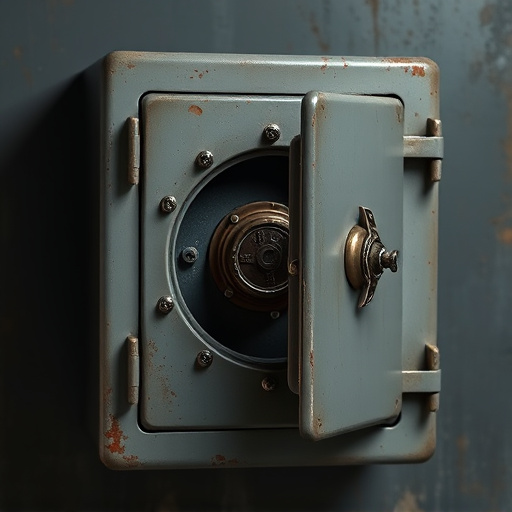The Concealed Diversion Safe Comparison Guide aids users in selecting discrete hiding places for valuables within everyday items like books, appliances or faux rocks. These safes prioritize stealth over traditional strength, offering versatile solutions for secret storage in various settings from offices to vacation homes. Key considerations include size, material and capacity to ensure an unassuming blend into the environment while securing documents, precious metals or emergency supplies.
Discover the art of discretion with a Concealed Diversion Safe Comparison Guide. In today’s world, privacy and security are paramount. Explore everyday items transformed into secret compartments—a creative solution for stashing valuables. From safe vs. disguise comparisons to strategic hiding places, this guide equips you to choose the perfect hidden safe. Learn about size, material, and capacity considerations to ensure your belongings remain secure while seemingly common.
- Popular Disguised Compartments: Everyday Items with Secret Stash
- Safe vs. Disguise: Features and Security Comparisons
- Creative Concealment: Where to Hide Your Hidden Safe
- Choosing the Right Safe: Size, Material, and Capacity Considerations
Popular Disguised Compartments: Everyday Items with Secret Stash
In today’s world, where discretion is key, concealed diversion safes have become increasingly popular as everyday items with secret stashes. From books and planters to faux electrical outlets and fire detectors, these cleverly designed compartments offer a subtle yet effective way to store valuable items securely. A Concealed Diversion Safe Comparison Guide can help users navigate the diverse options available, ensuring they find the perfect fit for their needs.
Whether it’s protecting important documents, precious metals, or even emergency supplies, these hidden safes provide an additional layer of safety and peace of mind. The market offers a wide range of choices, each with unique features and hiding spots, making it easy to integrate a secret compartment into any space without raising suspicion.
Safe vs. Disguise: Features and Security Comparisons
When comparing a concealed diversion safe with traditional safes, the primary distinction lies in their approach to security and disguise. Traditional safes often prioritize robust construction and mechanical locks for maximum protection, evident through sturdy materials, complex locking mechanisms, and heavy-duty designs. In contrast, a concealed diversion safe focuses on deceptive design and innovative hiding places.
These hidden compartments seamlessly integrate into everyday items like books, fire extinguishers, or even kitchen appliances, making them nearly indistinguishable from regular household objects. While traditional safes may offer higher levels of physical protection, concealed diversions excel in stealth and discretion, rendering them ideal for situations where secrecy is paramount.
Creative Concealment: Where to Hide Your Hidden Safe
In the realm of creative concealment, a hidden safe disguised as a common item offers unparalleled discretion and security. When crafting your plan for a secret compartment, consider everyday objects that can serve as effective diversions. For instance, a faux fire extinguisher can provide a strategic hiding spot in an office setting, while a fake rock with a hollowed-out interior is perfect for outdoor environments or vacation homes.
The Concealed Diversion Safe Comparison Guide highlights the versatility of these hidden safes. From books and candle holders to plant pots and even fake electrical outlets, there’s a solution for every space and need. By integrating a concealed safe into everyday objects, you can ensure your valuable items remain secure while maintaining an unassuming appearance.
Choosing the Right Safe: Size, Material, and Capacity Considerations
When selecting a secret compartment disguised as a common item, it’s crucial to choose a safe that aligns with your specific needs. The Concealed Diversion Safe Comparison Guide offers insights into key factors. First, consider size: opt for one that fits seamlessly within its supposed context, whether it’s a book, a fake electrical outlet, or a fire extinguisher. Materials matter too; metal safes offer superior security against prying eyes, while innovative options like faux stone or wooden designs blend in discreetly.
Capacity is another essential aspect, dictating how much you can store within the safe. Ensure it accommodates the items you wish to conceal safely. For instance, a smaller book-safe might suffice for personal documents, whereas larger options could hold valuables or emergency funds. This thoughtful consideration ensures your secret compartment functions effectively as both a storage solution and a disguised hiding place.
The quest for secure storage has led many to explore the world of concealed diversion safes, offering a unique blend of discretion and protection. This comprehensive guide has navigated through popular disguise options, security comparisons, creative hiding spots, and essential selection factors. By understanding the features, materials, and potential locations, individuals can now make informed decisions when choosing the right safe for their needs, ensuring their valuables remain hidden and secure.
